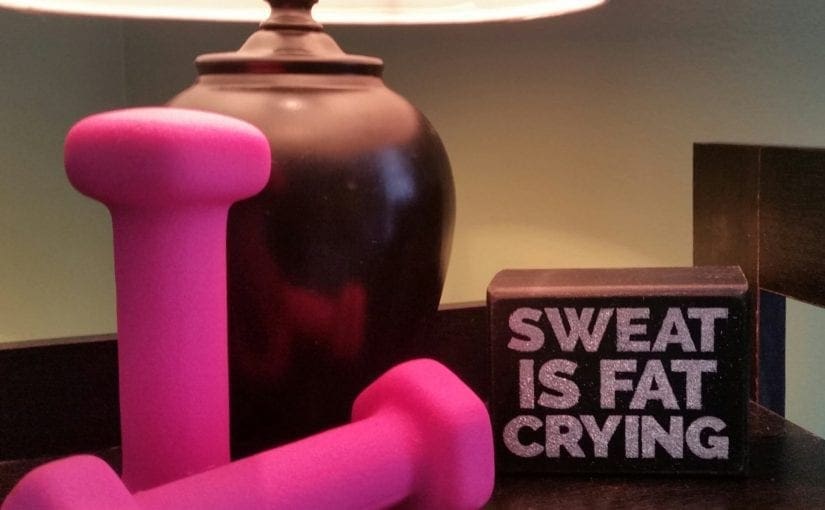Most recently updated January 9th, 2023
So, you’ve been getting into hiking lately, and really love it. You are energized, and less stressed than you’ve been in a while.
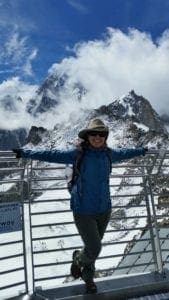
You also think you could burn calories hiking and hike to lose weight – and that’s absolutely true!
The question is, do you need to train like you’re going to climb Mount Everest to make it happen?
Probably not.
But wouldn’t you want to be fit enough to hike Everest if you got the chance?
My goal is to always stay fit enough to do anything – whether it’s an afternoon playing disc golf or a week hiking the Inca Trail – with just a little bit of extra training if I need it.
What Are Your Ultimate Goals?
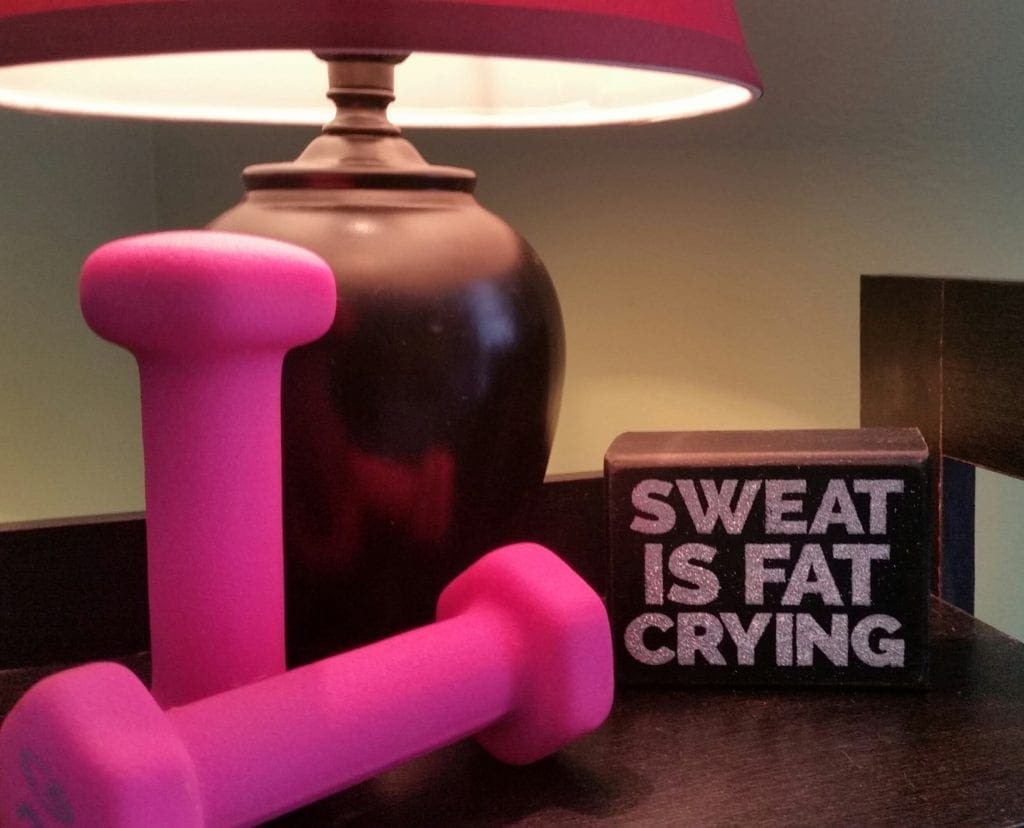
On one hand, hiking can be part of a great long-term weight-management strategy. This is especially true if you love it and plan to stick with it.
On the other hand, hiking is definitely not the most efficient ways to shed extra pounds.
Honestly, if you’re just looking to get ripped for swimsuit season or lose a few pounds to get back into your skinny jeans, there are easier ways.
Let’s look at the pros and cons of hiking for weight loss.
Get The FREE PDF!
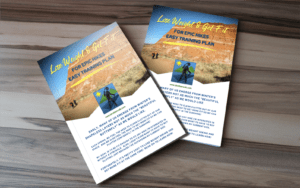 Everything that you need to start your hiking weight loss journey is included in this post.
Everything that you need to start your hiking weight loss journey is included in this post.
But it’s a long read and might be awkward to refer to while you’re training.
For your convenience,you can click here to sign up and download your FREE “Lose Weight and Get Fit” PDF file.
Then you can print it out and refer to your plan anytime you want. Happy training! LJ
FITNESS PROJECT VERSUS LIFESTYLE CHANGE
You can go to Spin Class every day, burning enough calories until you fit into those skinny jeans – but then what?
Experts agree – the best way to lose weight and keep it off is to develop healthy lifelong habits.
Some of my posts contain affiliate links. If you make a purchase through an affiliate link, I will receive a small payment at no additional cost to you. I do not get paid for recommendations, all opinions on this site are my own. See full Disclosure page here.
Long-term training (like you’d do for Everest) gives you plenty of time to establish those good habits and see the benefits. Which in turn makes you more likely to keep at it for months and years.
That’s a point in favor of hiking for fitness.
Split Epic Goals Into Attainable Pieces
I’m a lot more motivated when I’m training for something like Everest than when I’m training for something less significant – like trying to fit into some tight pants.
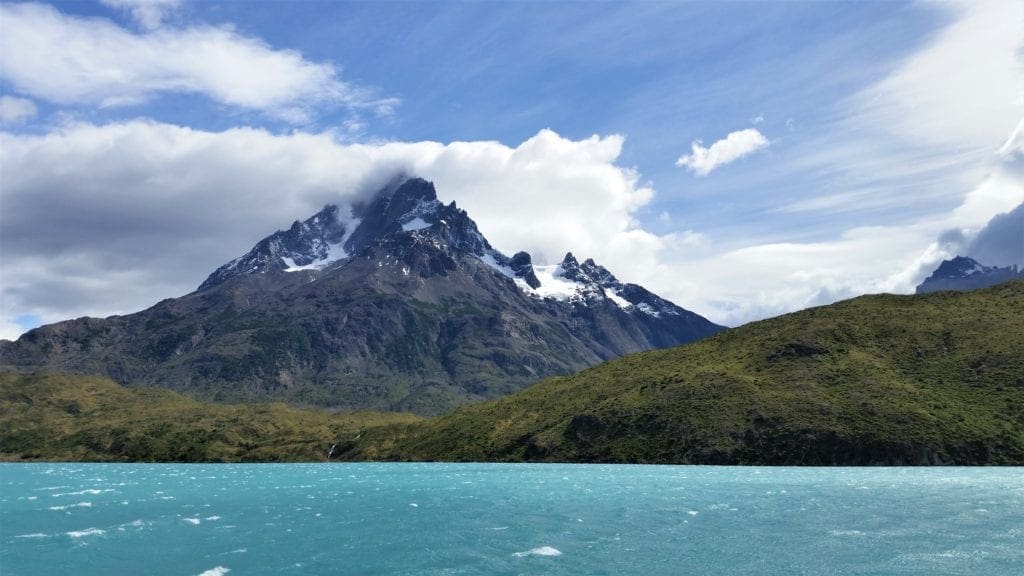
If I fail with the pants, I could just wear something else – and probably forget about the whole weight loss idea.
But if I fail at the Everest goal, I could miss out on an amazing experience, and it would haunt me forever.
In either case, I would be discouraged and disappointed in myself, even if I was the only one who knew about it.
So if you’re going to risk disappointment anyway, why not go for the BIG goal???
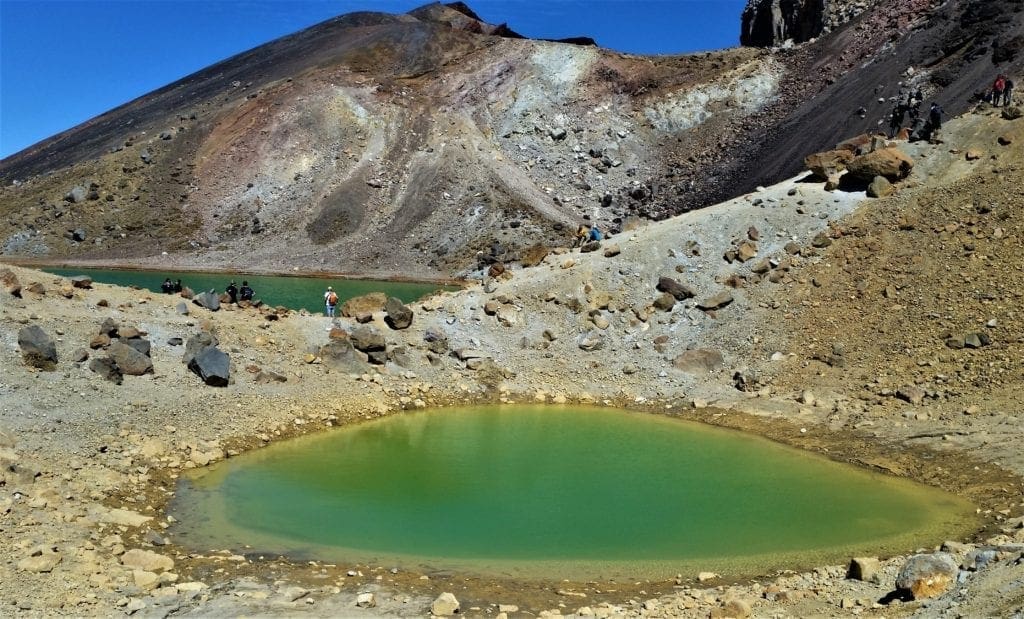
A big goal with a specific deadline motivates you like nothing else. Except maybe a high-school reunion.
That said, your big goal doesn’t have to start out being Mount Everest.
You can have that out there in Someday-Land (say, in 2 years), and start with the goal of doing a six mile hike comfortably (in 2 weeks), and work your way up from there.
Make a training plan that starts small today and gets you ready for your Someday-Land goal on a reasonable schedule.
I created an 8-week hiking training plan that I put together to get ready for a New Zealand hiking trip this past Spring.
But I didn’t start with the goal of a whole week – I started by training for the hardest dayhike planned for the trip.
The beauty of this approach is that even starting with a smaller goal, you will begin seeing the benefits of your work almost immediately, long before you even set foot on the Base Camp trail.
That’s another point in favor of hiking!
You Can Do The Thing!!
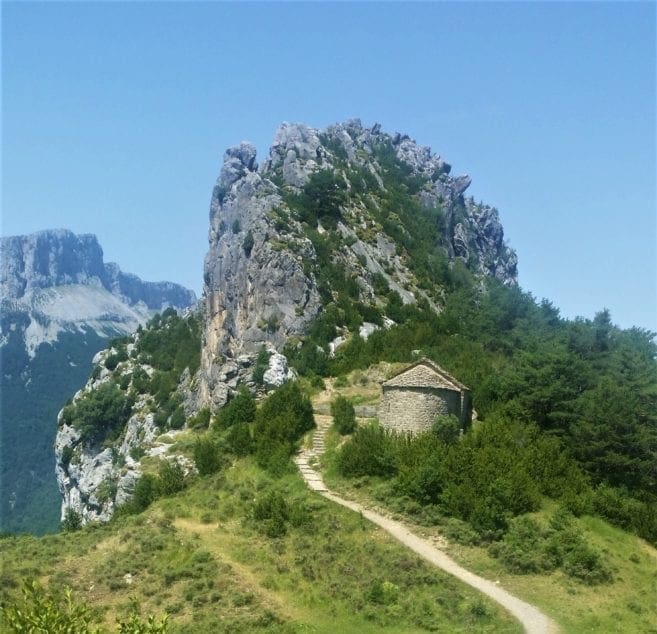
When you commit to a huge physical challenge like a multi-day trek, you’ll immediately start behaving and seeing yourself differently.
Even a less rigorous goal can provide the motivation you need to step up your fitness.
It doesn’t have to be a multi-day event in a far-off location – even a really tough day hike closer to home will do the trick.
Just committing to the goal will have you acting like the fit, athletic hiking Rock Star you want to transform into.
Making the commitment and planning how you will reach your goal also helps you keep making good fitness and nutrition choices, so you don’t lose the work you’ve already done.
And hiking wins! I am not surprised. 🙂
There are some limitations, though, and we need to be practical….
LIMITATIONS OF HIKING FOR WEIGHT LOSS
Hiking is an endurance sport. In order to be good at it, you need to build up your aerobic base with high-volume, low-intensity training.
While it is true that any aerobic exercise burns fat, it only does so while you’re actually doing it.
But when you stop hiking and sit down at your desk, the burn stops. That’s all you get.
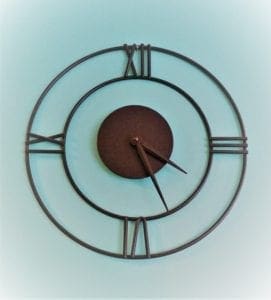
By contrast, high-intensity interval training (HIIT) keeps your metabolic engine revving for hours after your workout is over.
So you can burn more calories overall with less exercise time – for instance, running sprint and jog intervals for 30 minutes versus a moderate-paced 4-mile hike which might take 90 minutes.
THE MAJORITY OF YOUR HIKING TIME IS GOING TO BE SPENT IN THE LESS EFFICIENT AEROBIC ZONE – which means that even though you may be burning less calories per minute than if you were doing HIIT at the gym, the calories you burn will be from fat.
I’ve got some splainin’ to do:
How Your Body Stores and Uses Calories
When you’re trying to lose weight, the kind of energy you’re using to slim down isn’t all the same.
In order to lose weight, you need to burn more calories than you consume and encourage your body to burn more energy in a resting state (rev your metabolism).

Calories are a unit of energy, which can come from anything you eat that has carbs, protein, or fat.
Extra calories (energy not needed to maintain basic bodily functions like breathing and digestion) are stored in your body as protein, carbs, or fat.
Your body rarely burns calories stored as protein, which is good since protein is muscle. You don’t want to burn that!
So our workout fuel is either coming from stored carbs or stored fat.
What This Means for Your Workouts
High-intensity workouts primarily burn calories from glycogen, which is carbs stored in your muscles.
Low-intensity workouts, like hiking slowly enough that you can still carry on a conversation, burn mostly calories from fat – which is stored in your, well, fat.
Your body also burns a greater chunk of fat calories when you work out in a fasted state, like first thing in the morning before breakfast.
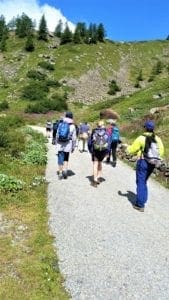
So, if your goal is to burn fat, it makes sense to work out at a low intensity, on an empty stomach, right? Ummm, probably not.
In a fasted state, you will feel like you are working freakishly hard, but the actual amount of calories you burn will be really low.
While working out at a lower intensity or in a fasted state will allow you to burn a greater proportion of calories from fat, sweating it out at a higher intensity (after a snack) means burning more calories overall.
To lose weight, it’s the number of calories you burn overall that is important – it doesn’t matter if they are from carbs or fat.
After you burn a ton of calories from stored carbs during intense exercise, your body goes into overdrive to replace those carbs and repair your muscles by breaking down fat and burning even more calories – long after the exercise is over.
So, tomato tomahto, right? Why not just stick with high intensity to lose weight? Do we need both kinds of training?
Why We Need Low-Intensity Workouts
As great as high-intensity work is for burning calories, you still need some low-intensity workouts to give your body a break.
Performing high-intensity training all of the time keeps your levels of the stress hormone cortisol elevated, leading to fat retention and muscle breakdown. It also increases your risk of injury.
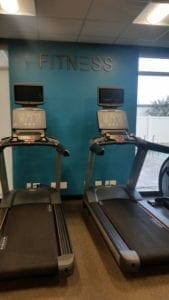
For that reason, you should target two or three high-intensity workouts per week on non-consecutive days.
During your other workout days, lower the intensity to the point that you can carry on a conversation while you are doing it.
I work out every day and cross-train longer hikes with short fitness hikes or runs (3-6 miles), kickboxing and light weight-training.
And of course, stretches and crunches every day.
A CDC-recommended weekly beginners general fitness schedule is below – for our purposes, the aerobic exercise would be hiking – and I have upped the timing to reflect that activity.
Weekly Workout Schedule for Maintenance
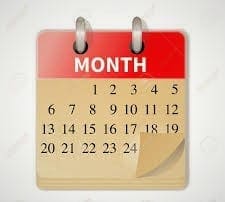
- Monday: Aerobic exercise day. 60 mins (brisk hiking). 10 minutes flexibility.
- Tuesday: Strength training day (gym). 10 mins flexibility exercise.
- Wednesday: Aerobic exercise and 10 mins of flexibility exercise.
- Thursday: Strength training day and 10 mins of flexibility exercise. (Maybe add a Zumba class or a Spin class if you’re bored.)
- Friday: Aerobic exercise 60 mins and 10 mins of flexibility exercise.
- Saturday: Aerobic exercise extended – hike, golf, bike with friends or family. (Organize an athletic outing with people who only have weekends free.)
- Sunday: Aerobic exercise for 60 mins, 10 mins of flexibility exercise.
You could add to the above schedule by increasing the length of the workouts, or maybe adding a second workout on a couple of days. You can also increase the intensity of your hike workouts.
For some more ideas for your weekly training, take a look at my Training Log for my 8 Weeks to Awesome training plan.
Turn Your Hike Into a HIIT Workout
There are ways you can ramp up any hike, long or short, to burn more calories. Some parks add Exercise Stations along the trail to help you do just that.
Use any of these methods to increase calorie burn by up to 14 percent.
- Walk Downhill Slow – walking slower makes your decelerating muscles work harder and takes more energy (burns more calories)
- turn your hike into a total-body workout by randomly adding this upper-body move to amp up your calorie burn overall
- Use Hiking Poles – a study published in the Journal of Strength and Conditioning Research concluded that trekking poles increased calorie burn without making hikers feel like they were working harder. (Even so, I am not a fan of poles, especially on group hikes.)
- Start Running Uphill – Add speed by walking at a faster pace or running uphill to get more calorie-burning power out of your hike.
- Pack Lots of Water – add more weight to your backpack to increase how many calories you expend while hiking. A gallon of water (four quarts) in your backpack can add eight pounds of weight – and keep you hydrated.
I used many of the tweaks above to help me ramp up my training for hiking the W Trek in Patagonia a few months ago – and I dropped a couple of pounds in the process, too.
NOTE: Before you start hiking, be sure to have the proper gear, especially the right footwear, so you’re comfortable and avoid injury.
It’s All About You
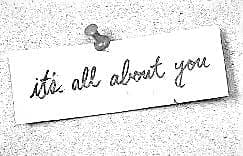 Remember, there is no one perfect way to hike for fitness or to hike for weight loss.
Remember, there is no one perfect way to hike for fitness or to hike for weight loss.
I hike faster, add weight to my pack, and hike hills when I’m training for a goal, but that may not be your best strategy.
Everyone’s goals and circumstances are different and it’s all about what works for you. I’ve given you the tools, now you just need to plan your work and work your plan!
As always, if you have any concerns, please consult your healthcare professional for specific medical advice before beginning.
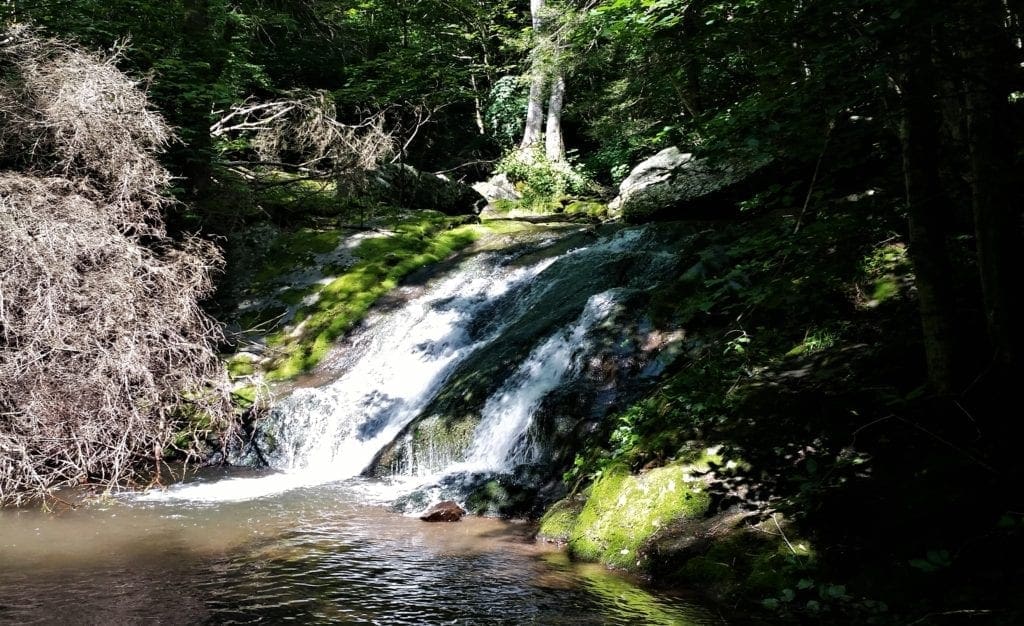
Happy hiking and I hope you fit into your skinny jeans real soon. 🙂
If you have a comment or question, drop me an email and I’ll reply as soon as I can.
Thanks for stopping by – see you next time! LJ
To Get New Idratherwalk Posts
sent directly to your inbox (how convenient!) Click this Button
If you like this post, please share it!
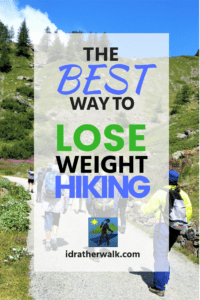
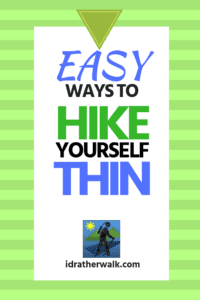
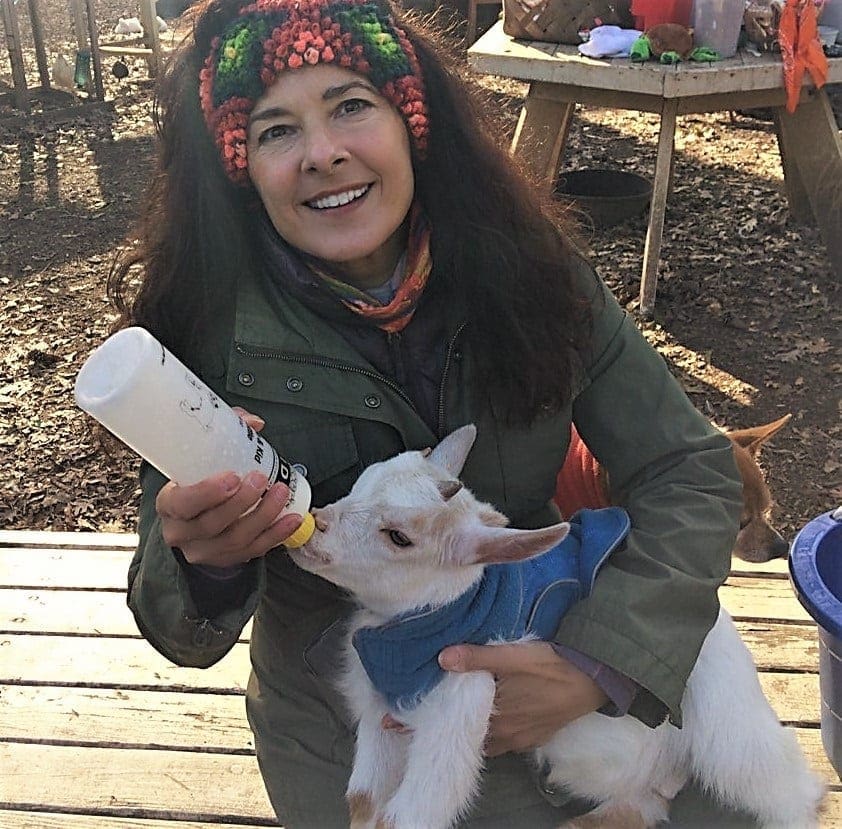
LJ has spent much of her free time as a single Mom – and now as an empty-nester – hiking in the US and around the world. She shares lessons learned from adventures both local and in exotic locations, and tips on how to be active with asthma, plus travel, gear, and hike planning advice for parents hiking with kids and beginners of all ages. Read more on the About page.

